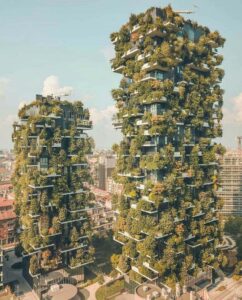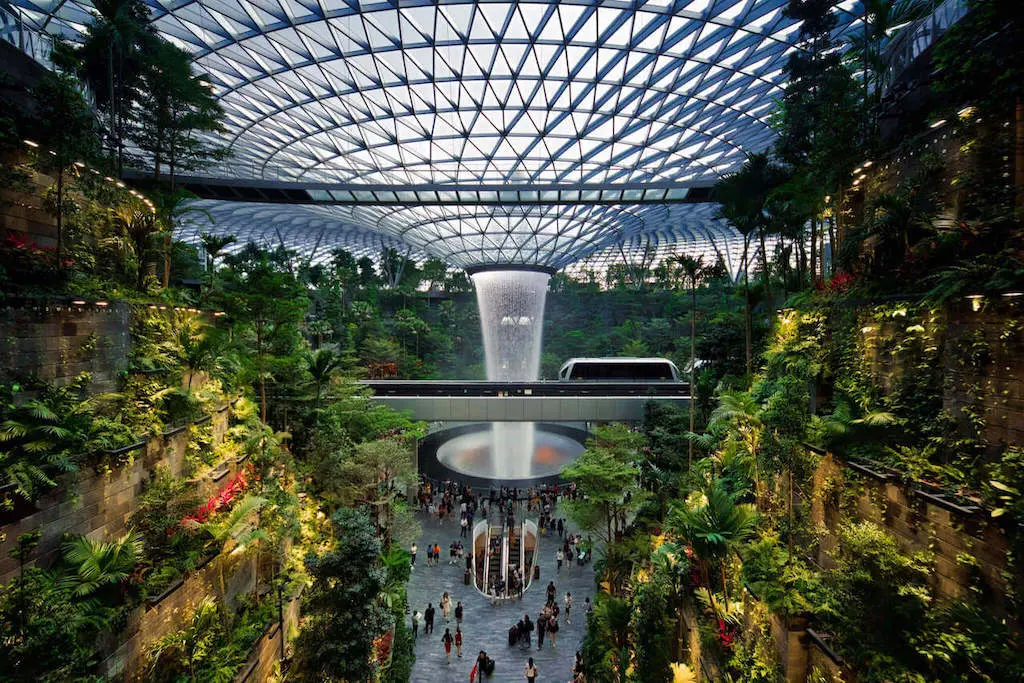With recent news highlighting the urgent need for urban development to accommodate India’s rapidly growing population, nature has once again been pushed into a compromising position. Expanding cities often come at the cost of shrinking green spaces, leaving us in what feels like a deadlock situation—one where development and sustainability seem at odds.
But what if there was a solution? A way to grow without giving up what grounds us?
Meet Biophilic Architecture—a fresh yet deeply rooted approach to building that could redefine India’s urban future.
Biophilia is the term for our innate, genetically driven affinity for the natural world. It’s why a walk in the park calms us, why sunlight makes us feel alive, and why green spaces are vital in cities. Biophilic architecture, then, is the art of weaving nature back into the spaces we live, work, and gather in. It means buildings that breathe, cities that feel alive, and development that nurtures rather than depletes.

India can also embrace a great path amidst urban growth which combines infrastructure development with eco-sensitive human experiences and ecological management of natural areas. A vision of school buildings with daylight access and courtyards exists alongside green hospital gardens with therapeutic verdant areas and homes that need shadow-providing verandas to achieve passive cooling. This represents realistic possibilities originating from the design traditions of both ancient India and modern-day design methods.
The advantages of biophilic architecture stand out best for Indian conditions because it operates across a wide spectrum of possibilities. This design technique applies across development levels since its basic natural features allow transformation of both expensive developments and low-cost public buildings. Through green roofs in crowded cities and people’s parks in new cities these buildings accomplish air purification as well as heat reduction while providing a calming connection in the heart of urban chaos.
The reduced use of artificial light systems and air conditioning as well as mechanical ventilation enables biophilic buildings to function more efficiently. This type of design represents an absolute need in a nation facing major climate threats and expanding energy demands. Biophilic systems help us construct urban structures that prosper through natural harmonies while meeting necessary growth requirements.
India can establish itself as a global leader when it implements biophilic architecture because it shows how development can happen without destroying Earth.













